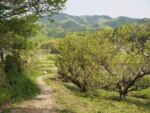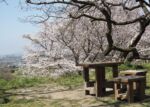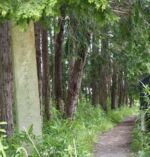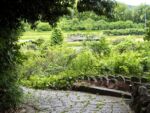See & Do
Yamanobe-no-Michi Path
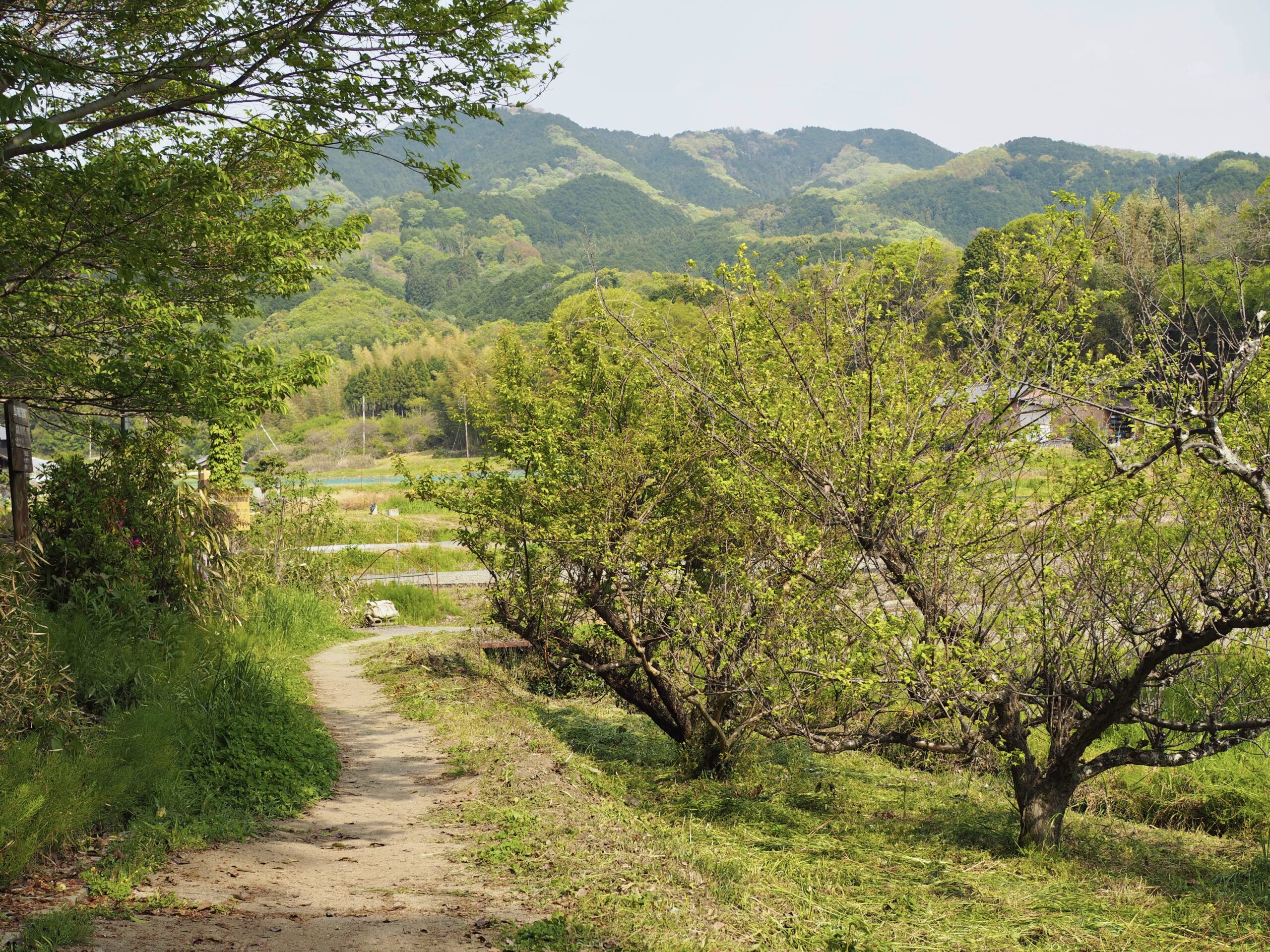
At least 1,300 years old
The oldest path in Japan, overlooking the beginnings of the nation.
This all began with one path.
The oldest path in Japan winds north-south through the foothills of the eastern mountains of the Nara Basin, passing ancient kofun tombs, persimmon and citrus orchards, thousand-year-old temples, and some of Japan’s oldest shrines. To the west stretches the basin where Japan began, and beyond that, the sun majestically sets behind a line of mountains every evening.
This path is called the Yamanobe-no-Michi Path. Though we cannot say exactly when the path began, it is referenced in Japan’s earliest recorded history (written in the 8th century), and likely goes back hundreds of years earlier, when Japanese civilization began in this region. Along the path are two of the oldest shrines in Japan, Isonokami Jingu shrine in Tenri City and Omiwa Jinja shrine in Sakurai City. Connecting two sacred places, this portion of the Yamanobe-no-Michi path is walked by many hikers throughout the year, especially in spring and autumn.
Hikers will pass many kofun tombs and imperial tombs, some with surrounding moats and a sacred forest where deities sleep. Raising the orchards are farmers with roots that go back over 30 generations. There are unmanned stalls near many orchards and farms, where hikers leave their money and take some seasonal fruits or vegetables. In addition to comfortable walking shoes, we recommend you leave some space in your bag to take home some delicious things as well!
Temples and tombs, shrines and sunsets, and earth passed down through generations. The Yamanobe-no-Michi path weaves the sacred with the blessings of the natural world, and connects us with the beginnings of Japan. So how about leaving your own footprints on the oldest path in Japan?
Access
By train: The Yamanobe-no-Michi path runs north-south parallel with the JR Manyo Mahoroba Line, so it can be accessed from JR Ichinomoto Station, JR Tenri Station, JR Nagara Station, JR Yanagimoto Station, JR Makimuku Station, JR Miwa Station, and JR Sakurai Station. In addition, it is also accessible from Kintetsu Tenri Station and Kintetsu Sakurai Station. The distance varies, but it is generally about one or two kilometers from the stations.
By car: The Yamanobe-no-Michi path is easiest to access by exiting the Tenri IC on the Nishi-Meihan Expressway, or the Tenri Higashi IC on the Meihan Expressway. The distance varies depending on your destination.
By bus: Nara Kotsu Bus has some bus lines that run parallel with the Yamanobe-no-Michi path between Tenri City and Sakurai City. Please check the Nara Kotsu Bus website to see which bus to take for your destination.
Environment
Winding through orchards, rice paddies, shrines, temples kofun tombs, and villages, people refer to the scenery along the Yamanobe-no-Michi path as the “original landscape of Japan”. Though it is especially beautiful in spring and autumn, the path is photogenic in all four seasons, as many photographers visit the wide variety of flowers that bloom along the path throughout the year.
Point
The most popular portion of the path between Isonokami Jingu shrine in Tenri City and Omiwa Jinja shrine in Sakurai City is about 13 kilometers, and typically takes about four or five hours. We recommend shoes and clothing that would be comfortable for long distances, as well as refreshments, etc.
Map
Information
| Course: |
Yamanobe-no-Michi (South) Course
Yanagimoto Course Tenri Station Area Course |
|---|---|
| Address: | The eastern foothills of the Nara Basin. |
| Admission: | Free |
| Parking: | Isonokami Jingu shrine, Chogaku-ji temple, Tenri City Trail Center, Hibara Jinja shrine, Omiwa Jinja shrine |
| Rest Area: | Periodically along the path. |
| Toilet: | Periodically along the path. |
| Contact: | |
| Website: | |
| Social Media: |
